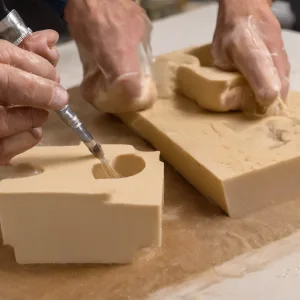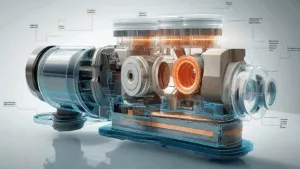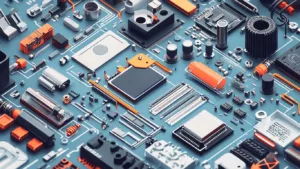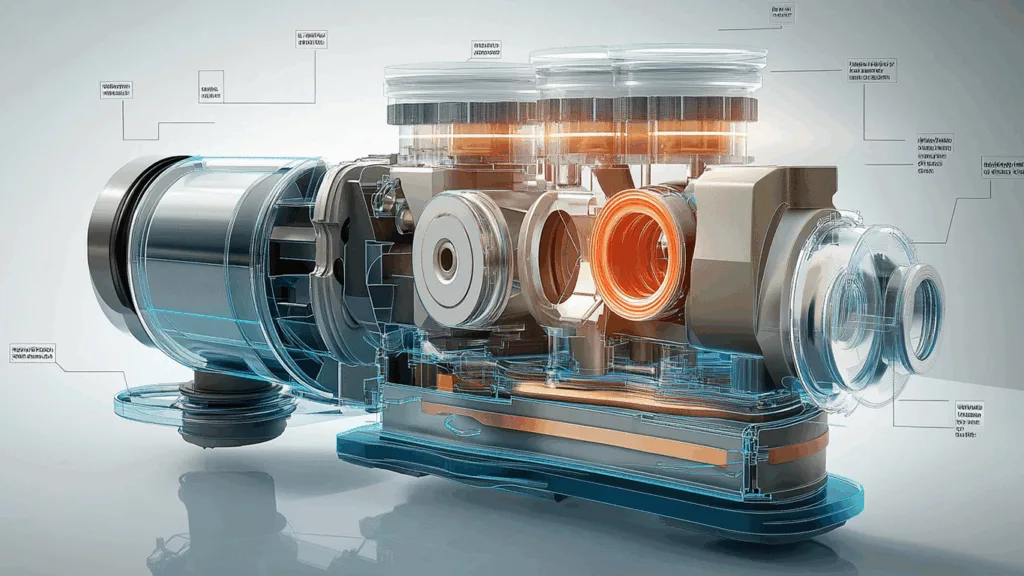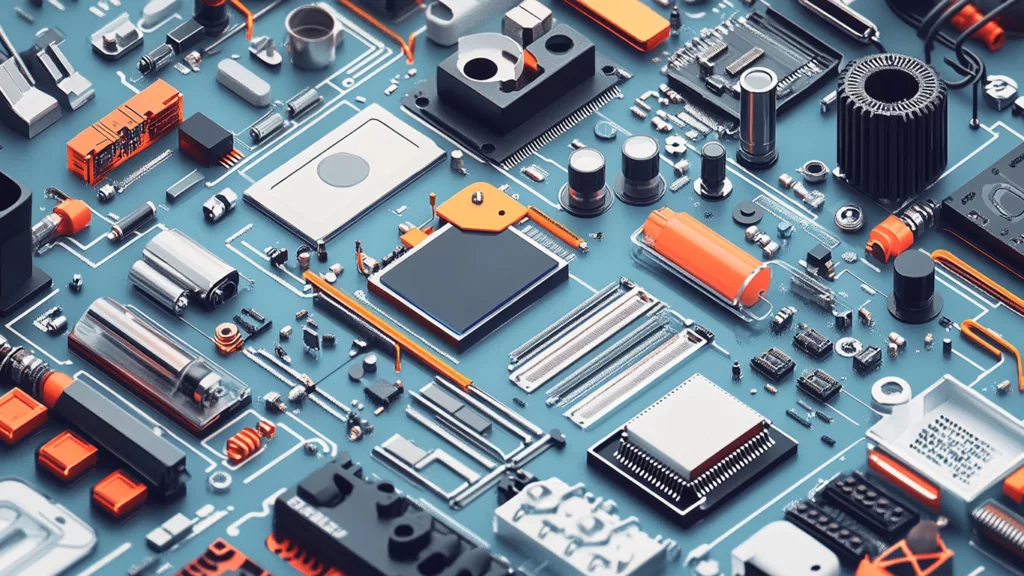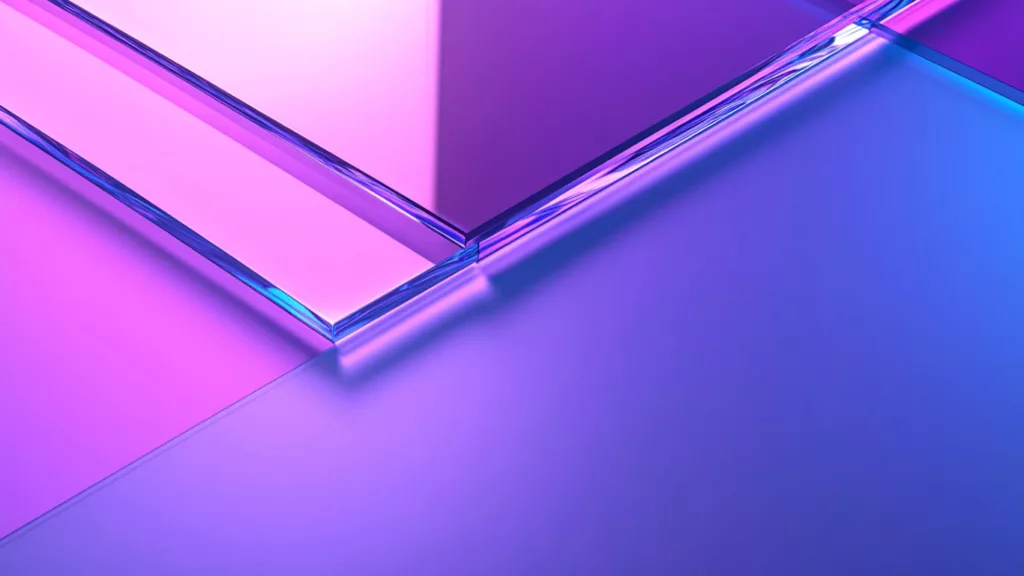Starting your journey in the world of resin art can be an exciting endeavor, filled with creativity and a wide array of beautiful projects to explore. As a beginner, it’s essential to understand the different types of resins available and decide which one suits your needs before diving into your first project. Let’s delve into the two most accessible types of resin for newcomers: epoxy resin and UV resin.
Epoxy Resin: Ideal for In-Depth Projects
Pros of Epoxy Resin:
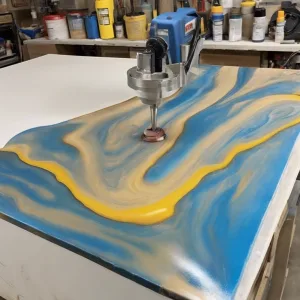
Longer Working Time
Epoxy offers a longer open time, which can range from 20 minutes to several hours. This allows beginners ample time to mix, pour, and manipulate their project.
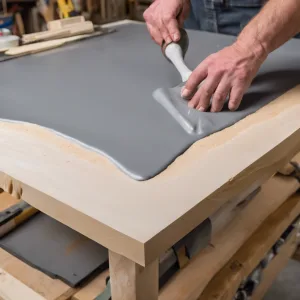
Versatility
It’s perfect for larger projects like river tables, countertops, and deep molds because it can be poured in thick layers.

Durable Finish
Once cured, epoxy is tough and resilient, making it suitable for functional art pieces like coasters or tabletops.
Cons of Epoxy Resin:
- Curing Time: Epoxy takes longer to cure, usually between 12-72 hours. Patience is key!
- Sensitivity: The mixing ratio must be precise, and environmental factors such as temperature can affect the curing process.
- Safety Precautions: Proper ventilation and protective gear are necessary because uncured epoxy can release harmful vapors.
UV Resin: Quick and Convenient
UV resin is a one-part system that cures quickly under ultraviolet light, typically using a UV lamp or direct sunlight. Its fast-curing property makes it ideal for small-scale projects and jewelry making.
Pros of UV Resin:
- Fast Curing: UV resin can cure within minutes under UV light, allowing rapid project completion.
- Ease of Use: No need to mix with a hardener; it’s ready to use straight from the bottle.
- Ideal for Small Projects: Perfect for jewelry, casting small items, or adding highlights to larger pieces.
Cons of UV Resin:
- Limited Working Time: You have less time to work with UV resin before it starts to cure under light exposure.
- Thickness Limitations: It’s generally not suitable for thick pours, as the UV light may not penetrate deeply enough to cure the resin fully.
- Cost: UV resin can be more expensive than epoxy resin per ounce, which may add up over time for larger projects.
Making Resin Art for Beginners: A Step-by-Step Guide
Step 1: Choose Your Resin Type
Decide whether epoxy or UV resin is best for your project. Consider the size, working time, and desired finishing before making your choice.
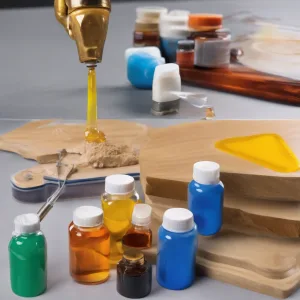
Step 2: Gather Supplies
- Selected resin (epoxy or UV)
- Silicone molds or a prepared surface
- Mixing tools (sticks and cups)
Protective gear (gloves, mask, etc.) - Colorants or embellishments (dyes, glitters, etc.)
- UV lamp (if using UV resin)

Step 3: Prepare Your Workspace

Step 4: Mix and Pour (for Epoxy Resin)
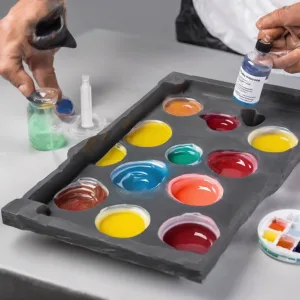
Step 5: Cure the Resin
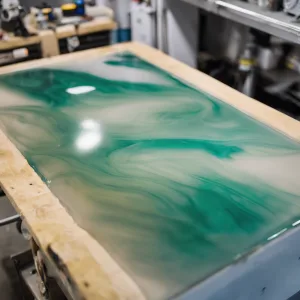
Step 6: Demold and Finishing Touches
